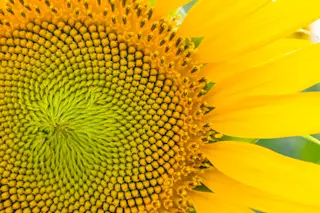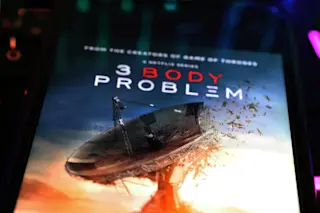When I was little, I used to gaze at the traffic out the car window and study license plate numbers. I would reduce each one to its basic elements — the prime numbers that made it up. 45 = 3 x 3 x 5. That’s called factoring, and it was my favorite investigative pastime.
My love for math eventually became a passion. I went to math camp when I was 14 and came home clutching a Rubik’s Cube to my chest. Math provided a neat refuge from the messiness of the real world. It marched forward, its field of knowledge expanding relentlessly, proof by proof. And I could add to it. I majored in math in college and went on to get my Ph.D. Eventually, I became a tenure-track professor at Barnard College, which had a combined math department with Columbia College.
And then I made a big change. I ...














